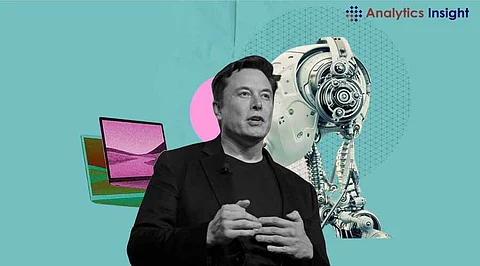

When people hear Elon Musk, they instantly think of Tesla and SpaceX. But his mind has been sparking inventions long before electric cars and Mars rockets became headlines. Hidden behind his big ventures are projects that don’t get the same spotlight, yet they have shaped the tech world in more ways than we realize. Let’s dig into five of Musk’s lesser-known creations that prove just how wide his vision truly is.
Zip2:
Before Google Maps, before Yelp, there was Zip2. Back in 1995, Musk and his brother Kimbal built an online business directory mixed with map navigation. It helped newspapers offer local listings and directions to customers, which was a game changer at the time. The big break came when Compaq acquired Zip2 for a whopping $307 million. For Elon, it wasn’t just a payday; it was his foot in the tech door.
Why it matters: Zip2 laid the groundwork for local search and digital maps, things we use daily without even thinking.
Indeed, prior to becoming the household name PayPal, it existed as X.com. Elon Musk’s bold venture into online banking in 1999. The vision? To transform how people moved money: faster than ever before, simpler than anyone imagined, and completely within the digital world. Eventually, X.com merged with Confinity and became PayPal. The rest is history. eBay bought it, and digital finance was never the same.
Why it matters: This move didn’t just change online payments; it cracked open the fintech era we live in today.
Things get really futuristic here. Neuralink isn’t about gadgets; it’s Musk’s attempt to connect the human brain directly to technology. Think restoring mobility for people with spinal injuries. Think about treating memory loss. Think helping us keep up with AI (without becoming one). Still in its early stages, Neuralink’s brain-computer interface has already shown promise in animal trials, and human tests have begun.
Why it matters: If Neuralink succeeds, it could completely redefine medicine, communication, and how we understand the brain.
At just 12, Musk designed a basic space-themed game called Blastar. It was a simple shoot-’em-up built for the PC, but it sold for $500 to a tech magazine. The graphics were clunky, the code primitive, but the vision? Pure Musk. Even as a kid, he was obsessed with space and tech. That passion never faded.
Why it matters: It’s a small footnote in his journey, but it shows that his love for space and innovation started early, and never let go.
Leave it to Musk to fight traffic jams with a tunnel-boring company. The Boring Company’s goal is simple: build underground transport systems that bypass congested city streets. One early project, the Vegas Loop, already shuttles people beneath the Las Vegas Convention Center in sleek Teslas. It's quirky, it’s ambitious, and it’s totally Musk.
Why it matters: It flips the script on urban transport and shows that sometimes thinking underground is the best way forward.
These five inventions show a side of Elon Musk that many miss: the relentless tinkerer, the early digital pioneer, the mind that plays with radical ideas even before the world is ready. Not all of these ventures made headlines. But each one holds a piece of the puzzle that makes up Musk’s bigger vision: solving real-world problems with wild, inventive thinking.
If ever there was a belief that innovation demands a big name or a flashy launch. Think again. Sometimes, it begins in a garage, a childhood bedroom, or a tunnel beneath the feet.
